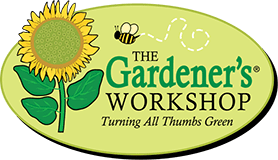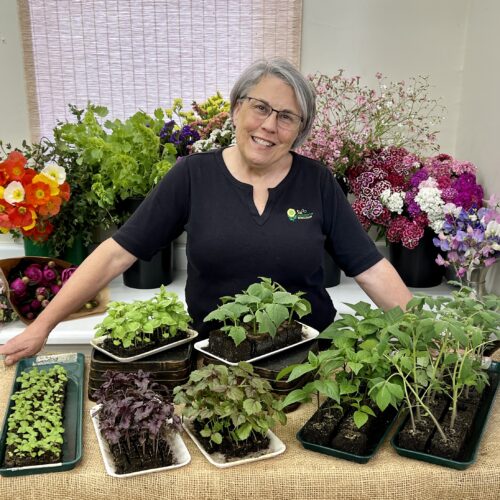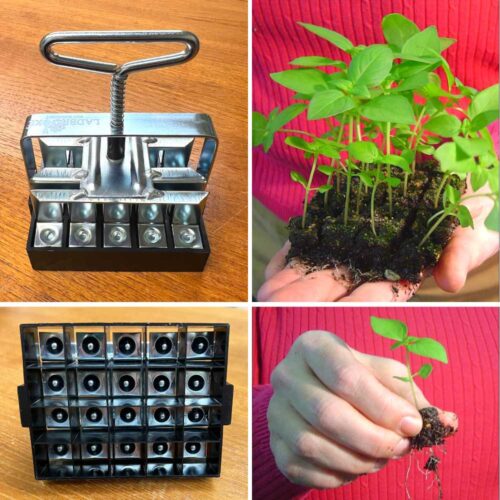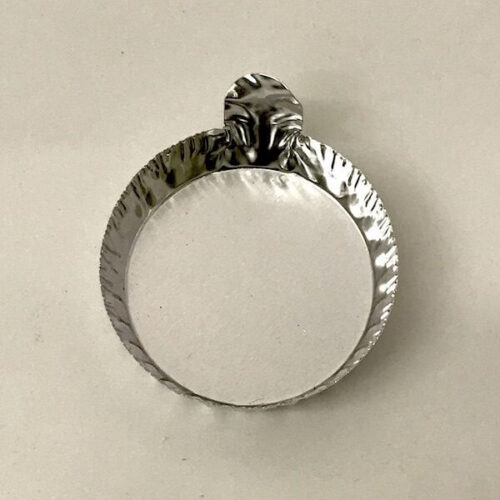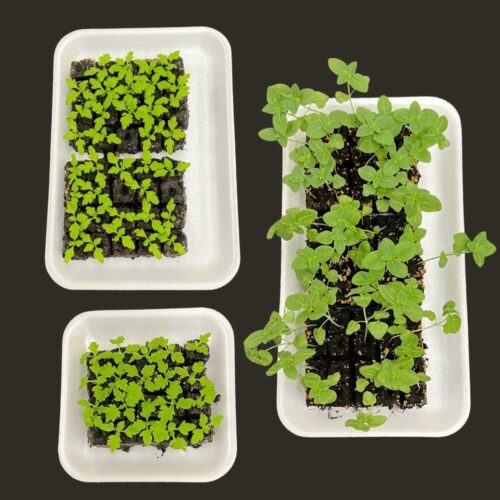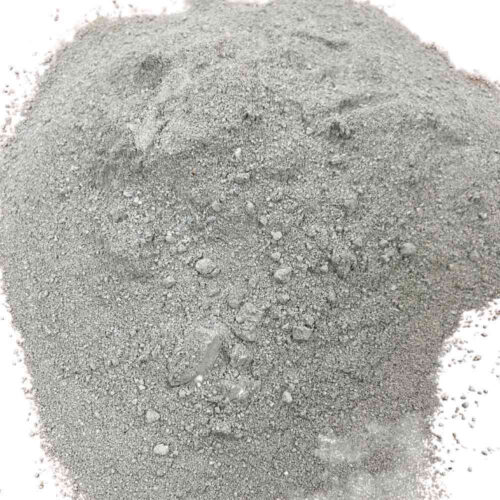The Big Slow or Easy Fast Compost Pile
Composting can be as slow or fast as you want to make it. I will share the two ways we have made compost here on our farm, one big slow pile and the other a faster small pile.
If you compost and recycle, you are reducing your footprint on our world and making the best garden amendment ever.
First my take on what you put in -the mixture of matter you put into a pile is important for how fast it breaks down and for preventing a smell—compost bins should have no odor. Two different groups of items are normally mixed to make compost:
• Green matter which is anything fresh like vegetable clippings from your kitchen, grass clipping, flower debris from arranging, and fresh plants pulled from the garden. Green stuff is the part nitrogen of composting.
• Brown matter in my mind is anything dead and brown such as; straw, leaves, hay, sawdust, wood chips and such. These items are the carbon.
The mixture to aim for but does not have to perfect is 3 parts brown dead stuff to one part green stuff. When the pile gets too much green stuff is when the stink happens- so you must have a source of brown stuff available to keep up with your green waste. I like to use straw- readily available at feed stores. Buy a couple bales and place next to the bin. If you use leaves- you must run the mower over to make them smaller for quicker breakdown.
The Big Slow Pile
This is how we compost our large volume of garden debris and the flower scraps from processing. It is slow and takes space but is very effective. We build the walls of the compost pile with bales of straw as pictured, stacking the bales and staggering them, leaving a few inches between bales for air circulation. Ours is fairly large- the minimum size is two bales wide by two bales long. For a pile to heat up properly it must be at least 30 inches tall and wide. We simply dump all garden refuge inside this bin and turn it with a loader as often as we think of it- not very often. For a home version of this I would build 4 walls so the pile is completely enclosed for quicker cooking and looks neater if this concerns you. You would just throw the debris over the edge verses having an open side.
Normally in spring we cut the bale strings from the bales and push the entire pile from the previous season into a garden, spread and work into the soil. This is not the way the average homeowner can compost- but an easy way if you have space to process lots of garden rubbish and aren’t in a hurry to make it into compost. We normally incorporate it into a garden that will sit empty for a couple of weeks than plant with cover crop.
The big benefit of bales of straw is the pile walls looks good in the garden, contains our mess and keeps it from sprawling plus the straw breaks down really fast.
The Quicker Easier Compost
This pile is built in one of our compost bin sleeves. The sleeve provides the walls and makes the pile compact yet big enough to cook. We only add kitchen scraps to this pile for rich and quick cooking results. We keep a bale of straw next to this bin to provide the brown matter needed to complete the pile with all the fresh green matter coming from the kitchen. All scraps coming from the kitchen are chopped as small as I can reasonable do- this speeds composting greatly and deters animals from the pile. Raccoons and the like are looking for big pieces to eat – small chopped pieces annoy them and send them looking for greener pastures, your neighbors perhaps…sorry.
Layer the green and brown matter by bringing out your kitchen bucket and dumping, spread around evenly on the pile and topping with 3 times the amount of straw.
It takes me a season to fill this sleeve because it is always cooking down. Once full, I slip the sleeve off by simply pulling up and then start a new pile. Any larger chunks from the old pile can be thrown into the new pile for further cooking. This pile requires no turning.
Just a note: no one can make enough compost to sustain their own garden. Gardens need so much more compost than the average homeowner and that we can make—so your homemade compost is the jewel but you will also need to purchase organic compost from your local source.
Happy composting!
Lisa
